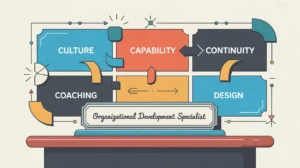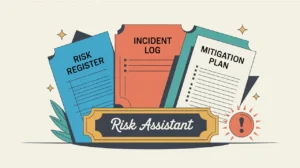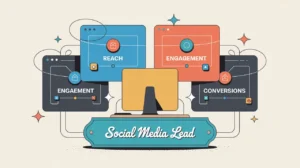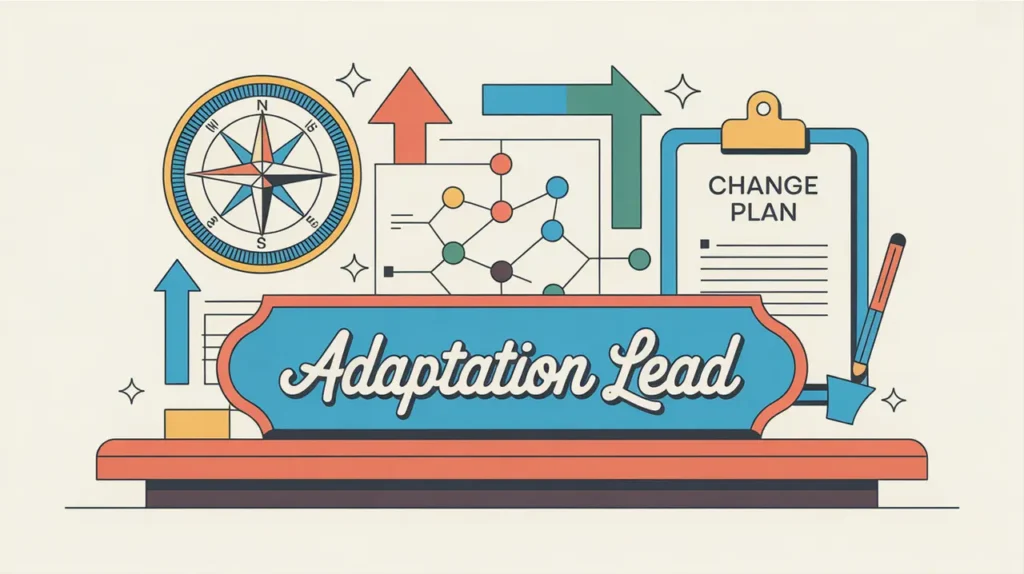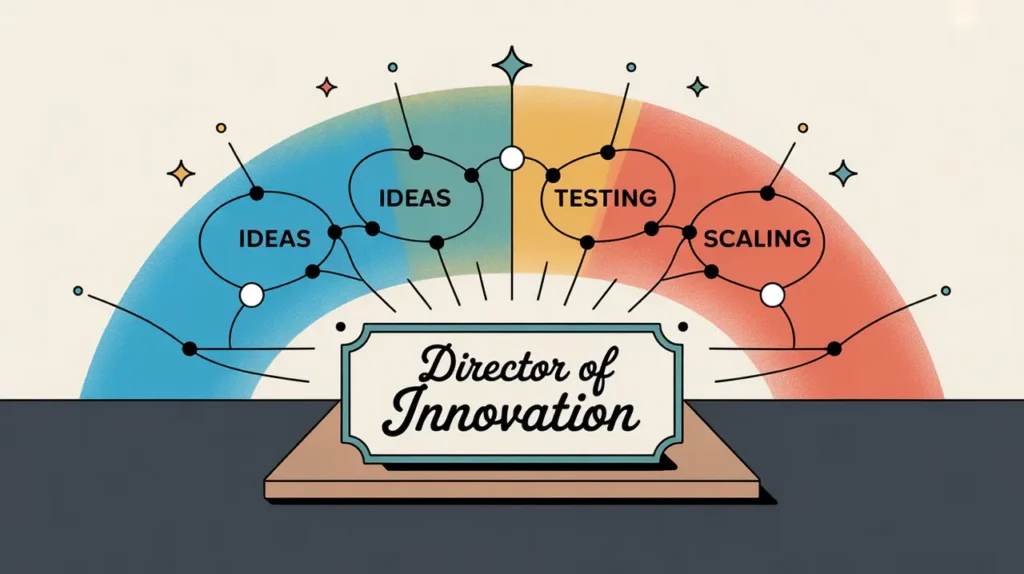What Does the Design Manager Role Involve?
A design manager is responsible for overseeing the strategic direction, operational management, and quality assurance of design activities across the organization. This involves managing design teams, aligning design work with organizational objectives, ensuring consistent application of methodologies, and integrating design insights into program, product, or service strategies. The role typically sits within design, innovation, strategy, or program functions depending on the organization’s structure. In both nonprofits and social enterprises, design managers ensure that human-centered design principles are embedded into organizational processes, enabling the creation of impactful and sustainable solutions.
At What Level does this Role Operate?
Senior Level: This role typically reports to a director of strategy, innovation lead, or program director. It involves managing multiple design projects and teams, setting priorities, and ensuring that design work contributes meaningfully to strategic goals.
Relative Employability: Design manager roles are in strong demand across nonprofits, social enterprises, philanthropic institutions, research organizations, design consultancies, and corporations. Organizations are increasingly seeking experienced managers who can bridge creative practice and strategic leadership to guide teams working on complex challenges.
Relative Pay Scale: Within nonprofits and social enterprises, design manager roles sit in the senior pay bands, reflecting their leadership responsibilities, strategic importance, and technical expertise.
What are the Key Responsibilities and Activities?
- Oversee the planning, execution, and evaluation of design projects across the organization
- Manage and mentor design teams, ensuring high-quality outputs and professional growth
- Align design priorities with organizational strategies, program objectives, and stakeholder needs
- Develop and maintain frameworks, tools, and standards that guide design practices
- Collaborate with leadership, program teams, researchers, and technologists to integrate design insights into strategic decision making
- Ensure consistency and rigor in the application of human-centered design methodologies
- Monitor project timelines, budgets, and deliverables to ensure design activities are efficient and effective
- Represent the design function in organizational planning, partnerships, and external engagements
What Core Competencies and Qualifications are Needed?
Required Qualifications and Experience
The following reflect common qualifications and experience expected for this role, while recognizing that pathways may vary by context, organization, and region.
- Relevant academic background in design, human-centered design, innovation, public policy, or a related field, or equivalent professional experience
- Several years of experience managing design teams and projects, ideally across multiple sectors or domains
- Deep expertise in design thinking, service design, or innovation frameworks
- Proven ability to lead strategic initiatives that integrate design and organizational priorities
- Strong facilitation, leadership, and communication skills
Key Competencies
- Strategic leadership and operational management of design functions
- Expertise in human-centered design and innovation methodologies
- Team leadership and mentorship
- Cross-functional collaboration and strategic integration
- Project management and resource allocation
- Communication and representation at senior levels
How are AI and Automation Shaping this Role?
An AI-native design manager will look to AI and automation to optimize workflows, enhance research synthesis, and accelerate design iteration. They can use AI tools to analyze research data, generate design options, simulate user journeys, and manage project timelines more effectively. Automation can support documentation, resource planning, and collaboration, enabling the manager to focus on strategic alignment, team leadership, and stakeholder engagement. By integrating AI thoughtfully, design managers can strengthen both the creative and operational capacity of their teams.
What Career Pathways and Transferable Skills are Associated with this Role?
Design manager roles can lead to positions such as director of strategy, innovation director, chief design officer, or senior program leadership. The skills developed in strategic leadership, team management, and human-centered innovation are highly transferable across nonprofits, social enterprises, corporations, design consultancies, and public agencies. Professionals in this role are well positioned to influence organizational strategy and lead design functions at the highest levels.

